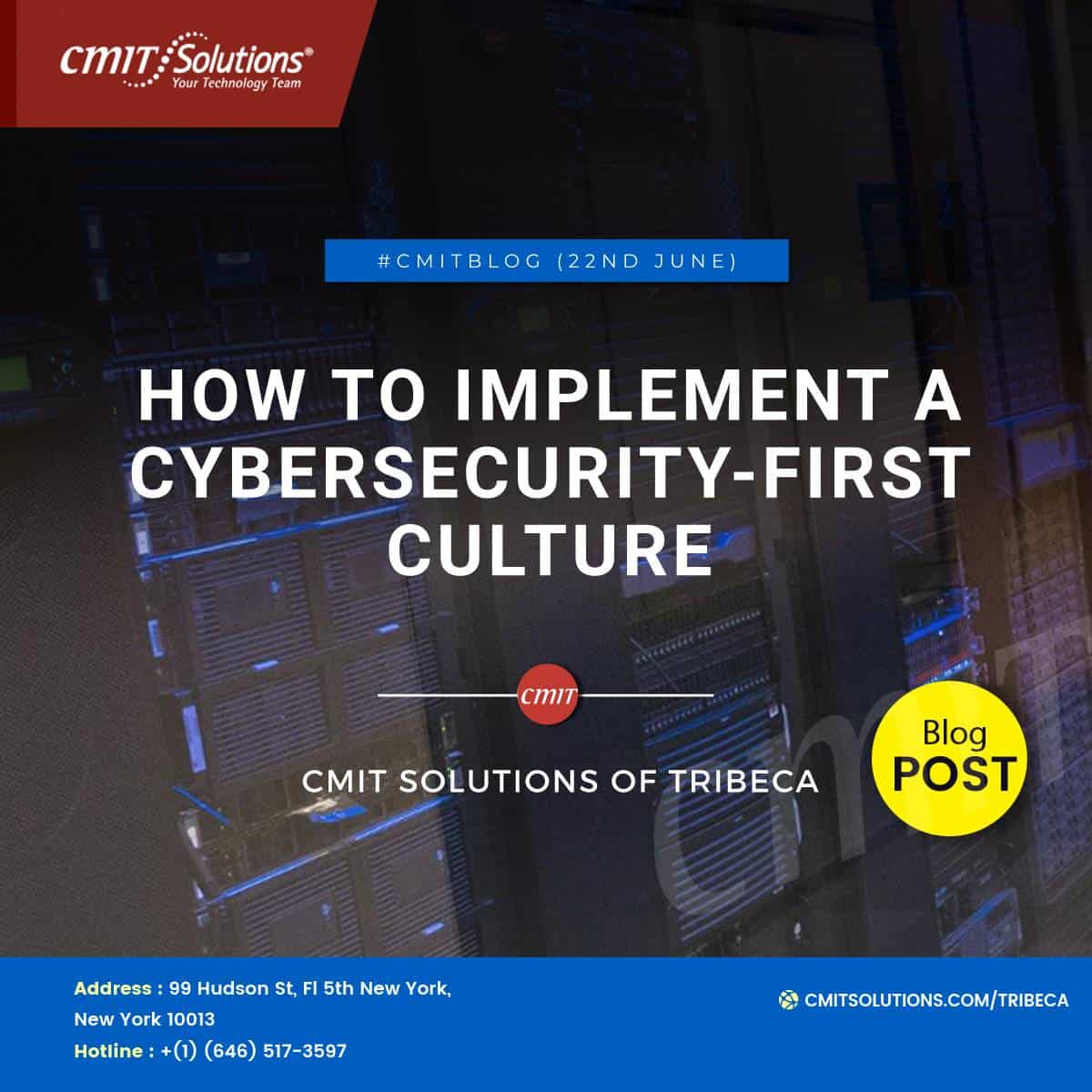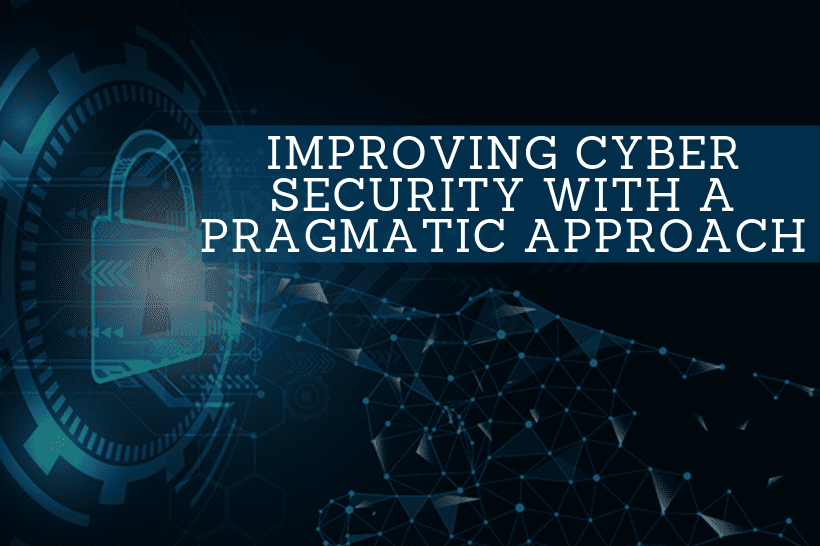If a business experiences a security breach, they could lose their income and their customers. Industries today should have cybersecurity in place top-to-bottom. Troy Markowitz, Co-Founder and CRO at Drata, discusses the steps needed to build a cybersecurity culture into the business.
Sometimes organizations forget the importance of cybersecurity and only focus on basic tasks. For a business to have security throughout the company, you must identify how to incorporate it at every level. This is easier said than done.
As of 2021, the cost of a data breach is averaging $4.24 million and is a 68% increase from the year FY 2020. Part of this increase is due to attackers finding their way to sensitive or proprietary information using various methods and malicious tactics. This threat landscape is always evolving, with each incident costing more than the previous one.
Adding complexity to hybrid or remote environments makes it more challenging to implement effective cybersecurity solutions, but it also causes a need for more visibility and insight into how employees leverage technology across locations. Without the insight, organizations are exposed to significant risk.
How you can implement a “cybersecurity-first” culture in your organization?
3 Critical Steps to Creating a Cybersecurity-first Culture
It is important to think about cybersecurity as a first step when developing your strategy.
-
Implement security awareness training
Training the cybersecurity team is important to adopting a cybersecurity-first mindset and stops threats when they are on the horizon. That being said, you must appeal training in a way that suits your team so information is retained. This requires an investment that could be used for education resources.
To handle evolving security threats, leadership should stress the importance of recurring training. Organizations should integrate it with the onboarding process so that all employees receive security training before they start work.
Good examples of security awareness training include:
- Phishing tests
- Interactive experiences and simulations
- Engaging video content
Organizations need to take measures for compliance, such as SOC 2. This can be done through a yearly assessment, which includes security awareness training. There is no universal approach, and companies need to experiment with different practices to see which work best with their employees. Regular check-ins and feedback can help companies improve their approach to security.
-
Establish accountability
The company has to be accountable for their mistakes. Insecurity is a problem with any organization, but scaling factors are that these threats grow as you grow. This responsibility is not just the IT’s problem – it’s up to the whole team to protect themselves and the information. 54% of successful phishing attacks included breaching customer or client data. Employees need to know about being cautious in these situations, and if they see something suspicious, they should communicate.
For example, when employees get an email, they should read it carefully and make sure it is from an approved sender in order to save time while still protecting themselves. Be careful with emails because they are often malicious; that is when early-stage companies have security problems so their focus will be on moving fast and thinking slowly somewhere down the road
-
Embed It into the organization’s core values
Cybersecurity must be embedded into the company’s core values. While it is important to have values of integrity and fortitude, these values also need to apply to how the company handles data and approaches cybersecurity. This is especially true for cloud-based companies that face new threats every day.
The Cybersecurity Opportunity for Organizations
Cybersecurity-first culture seems overwhelming but it presents a massive opportunity for organizations just starting. Establishing cybersecurity standards early and baking security awareness into your culture sets organizations up for future success.
Strong security culture is necessary regardless of the company size. This can only be accomplished by constantly educating employees and stakeholders, and providing them with resources on how to stay secure.
The cost of security attacks are not just in lost finances, but also an organization’s reputation and the trust it has with its clients. To reduce this risk, one needs to arm all employees with information about today’s defenses against cyberattacks. Cybersecurity practices help keep data from attackers and serve as the first layer of compliance.







